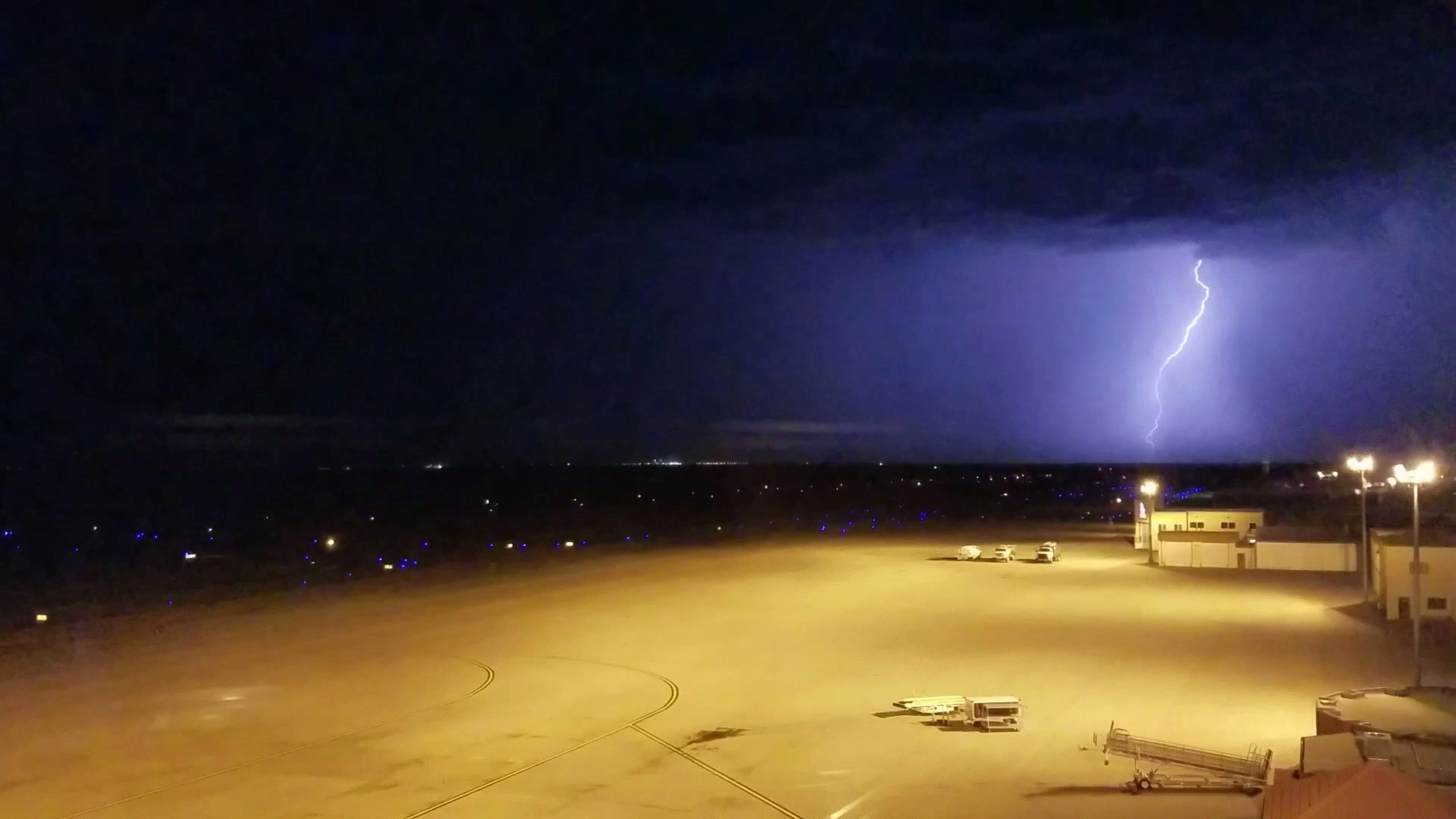How Technology is Reshaping Air Traffic Control

As air traffic volume increases and aerospace technology advances, the systems and tools behind air traffic control are undergoing a quiet revolution. From AI-assisted monitoring to satellite-based navigation, innovation is not only enhancing safety and efficiency—it’s redefining what’s possible in modern aviation management.
From Ground-Based to Space-Based Systems
One of the most significant upgrades in recent years is the shift from ground-based radar to satellite-enabled surveillance systems, such as ADS-B (Automatic Dependent Surveillance–Broadcast). These technologies provide more accurate, real-time aircraft tracking—especially in remote or oceanic airspace—allowing for tighter spacing, more efficient routing, and fewer delays.
Digital Communications and Data Flow
Digital data comms (Data Comm) are steadily replacing traditional voice transmissions between pilots and controllers. This reduces miscommunication and allows for faster, clearer exchanges, especially in high-traffic environments. Alongside this, real-time data integration helps controllers visualize traffic flow, weather, and potential conflicts with greater precision.
The Rise of Predictive and Assistive Tools
Artificial intelligence and machine learning are beginning to play a role in traffic flow optimization, runway usage, and conflict detection. While humans still make the final calls, predictive tools now assist in spotting potential issues before they arise—giving controllers more time to act and improving overall system resilience.
Balancing Automation with Human Oversight
While automation brings speed and consistency, it also introduces new challenges. Human oversight remains critical—not only to intervene during system failures but to handle the unpredictability of real-world operations. The most effective systems are those that support, not replace, controller judgment.
Looking Ahead
Future developments like urban air mobility (UAM), drone corridors, and commercial spaceflight will add new layers of complexity to the sky. Continued investment in integrated, flexible systems—along with well-trained professionals who can adapt to them—is essential for keeping pace with aviation’s evolution.
